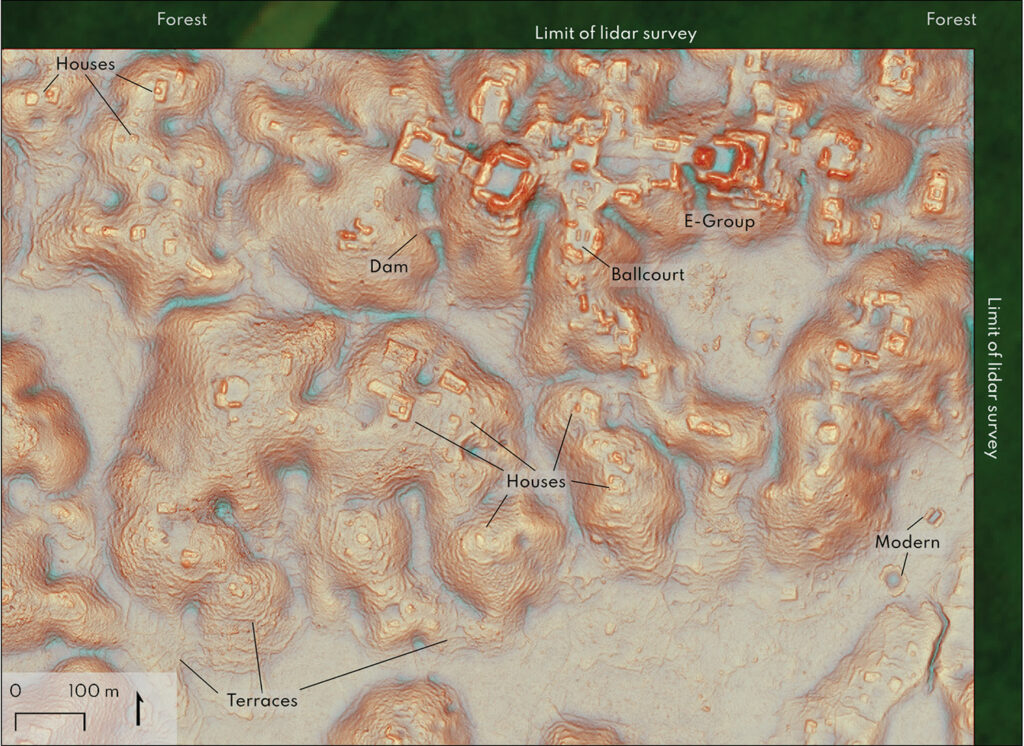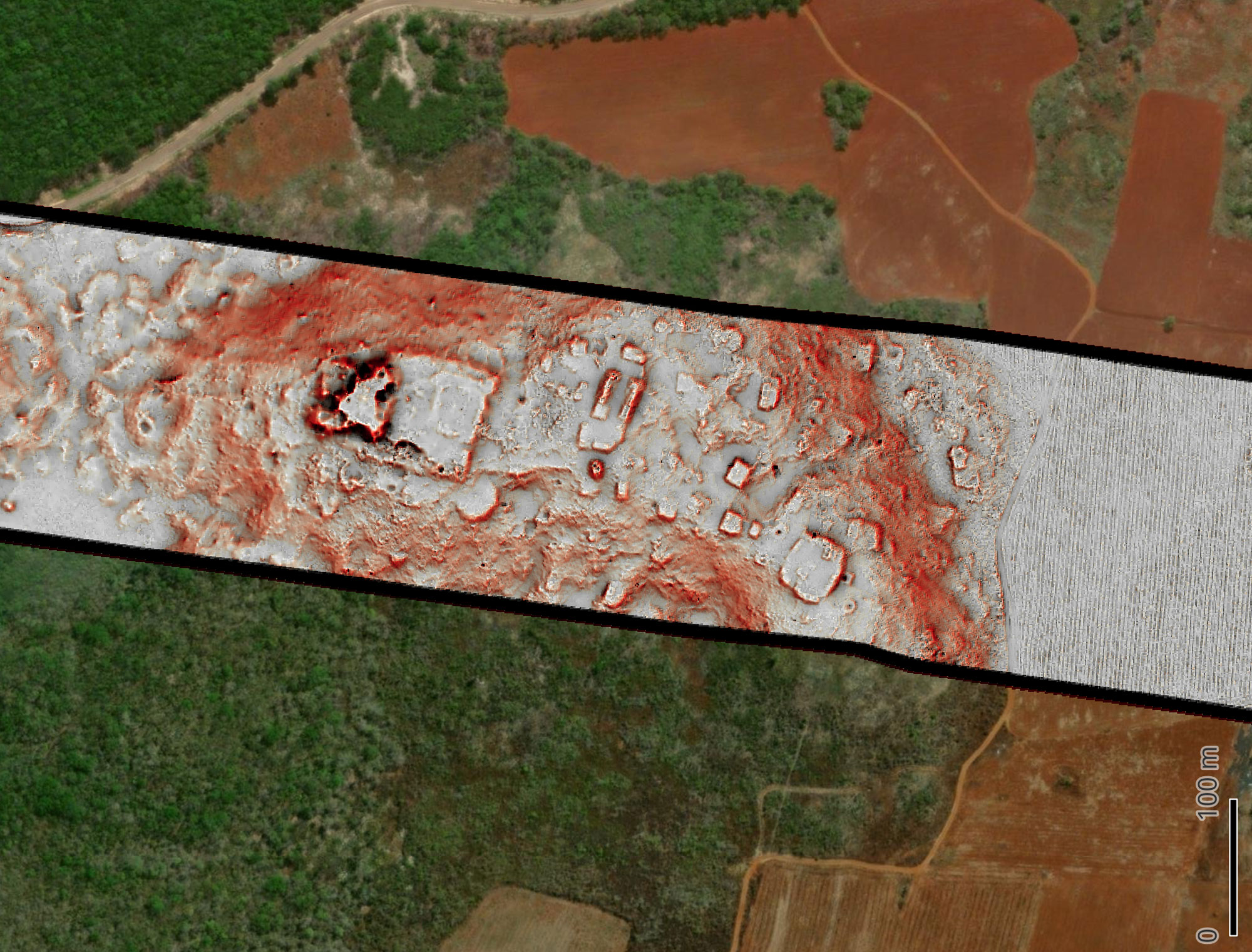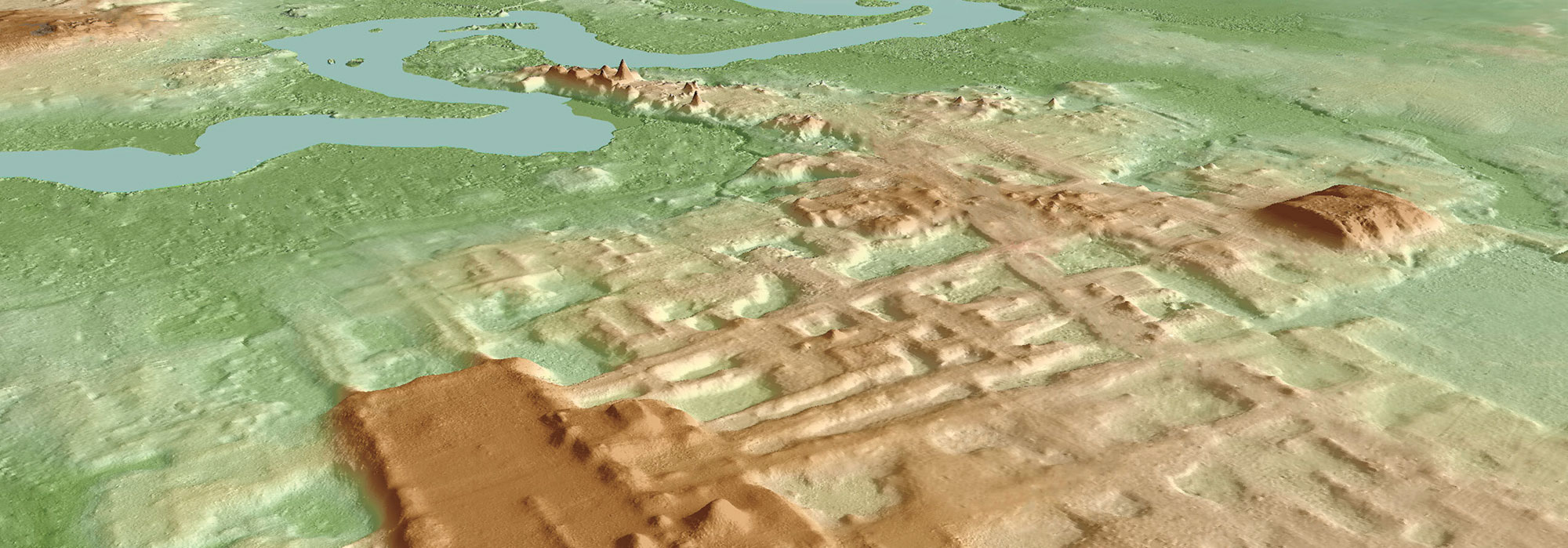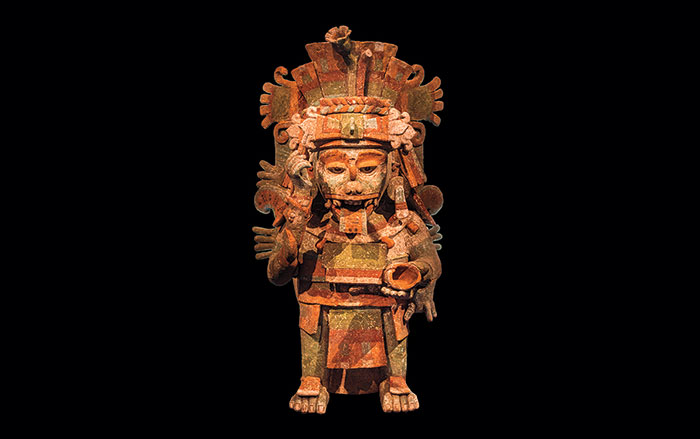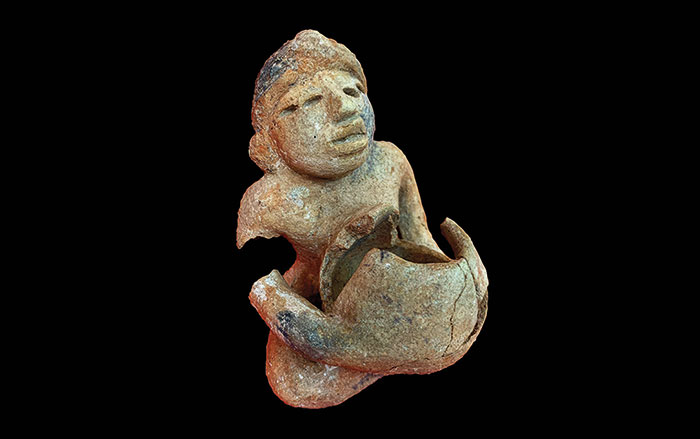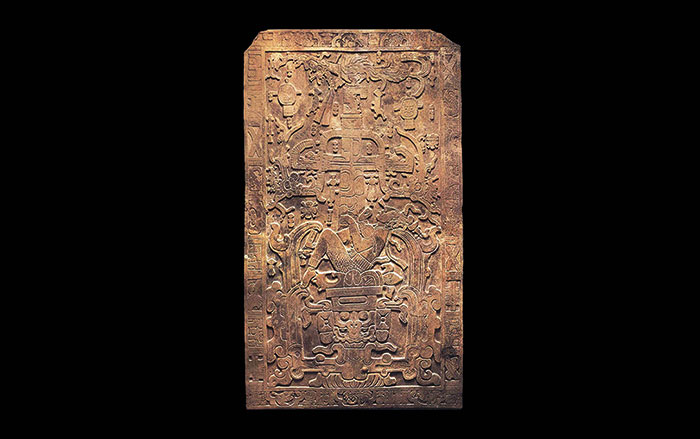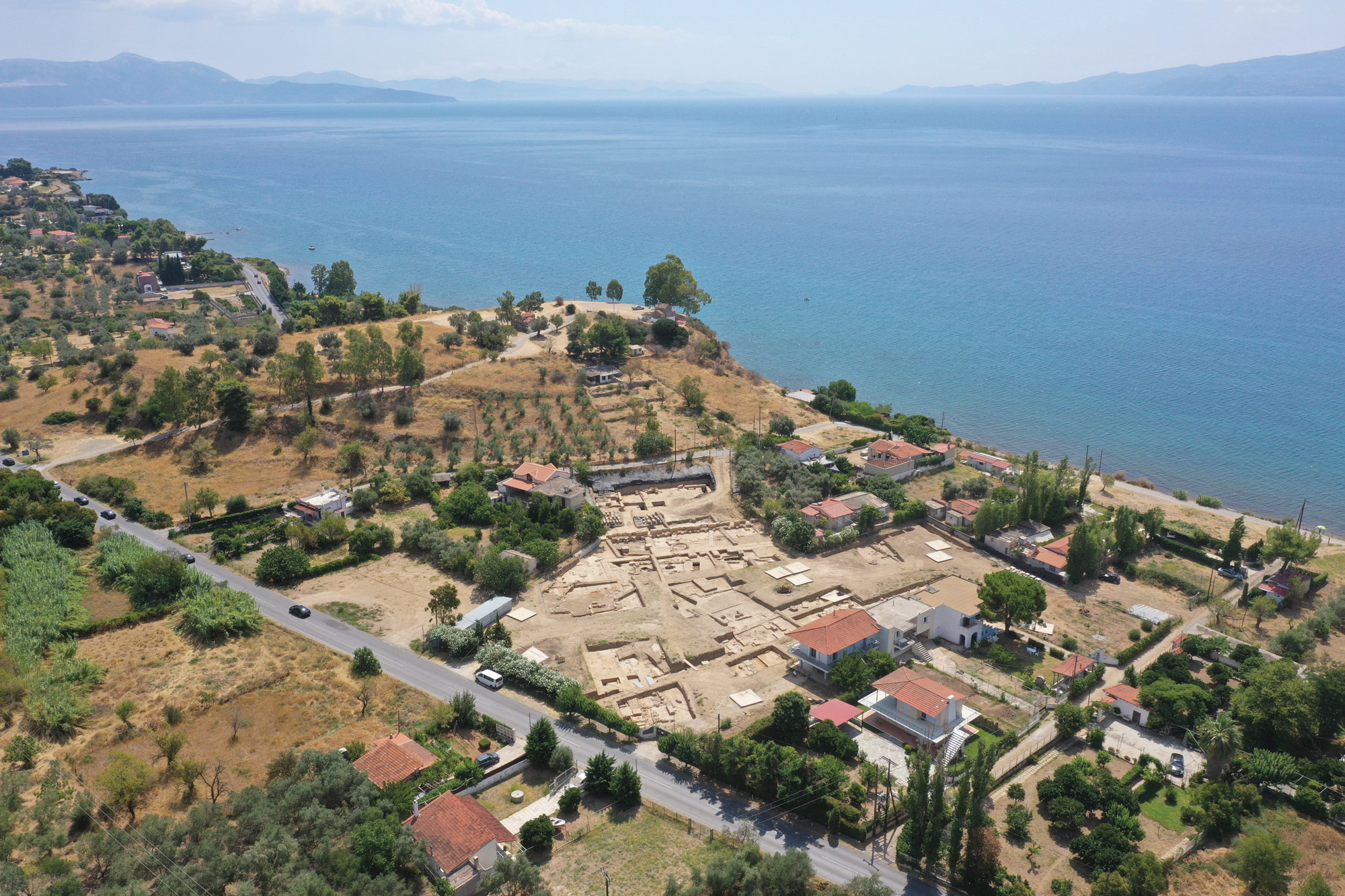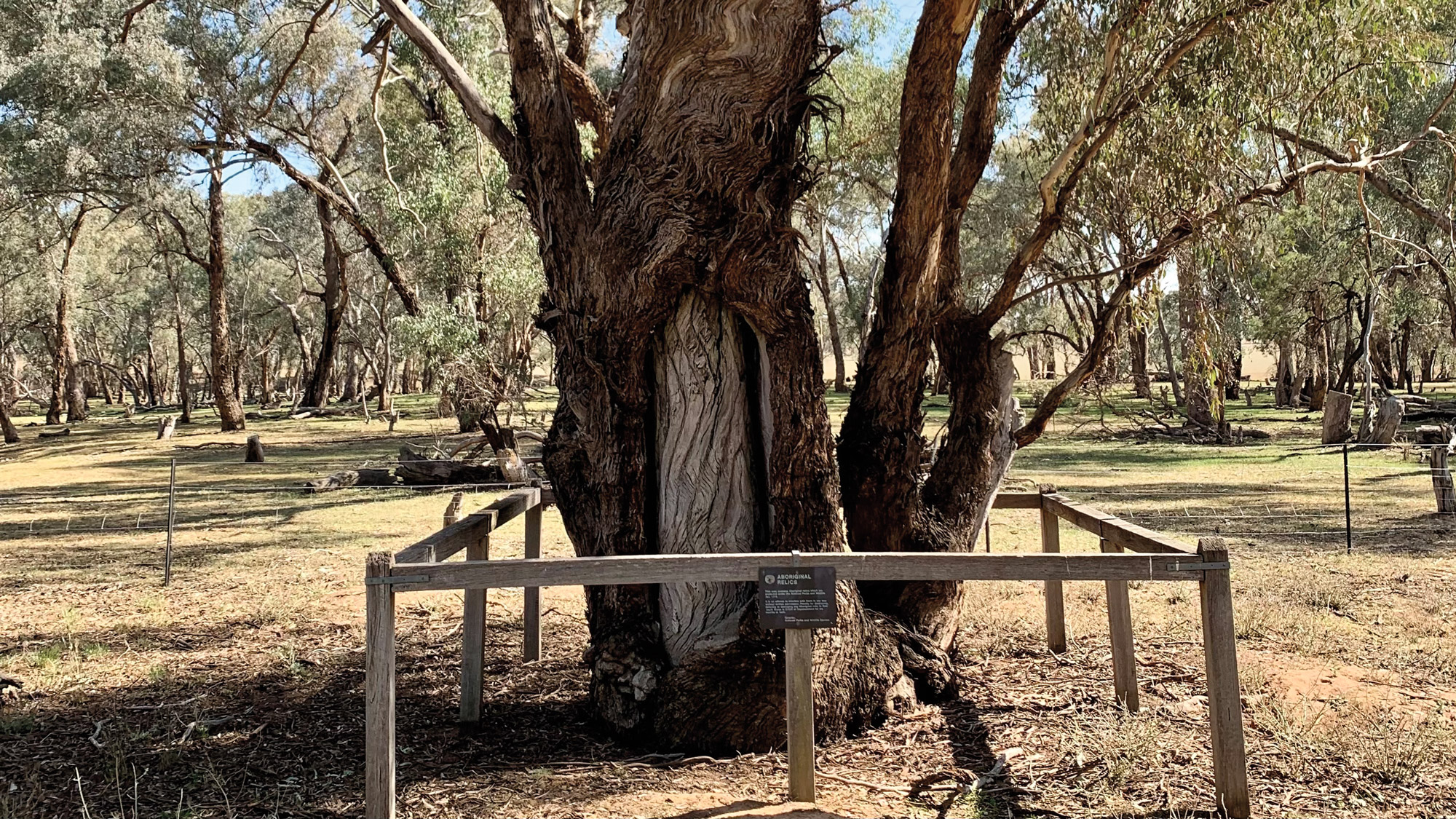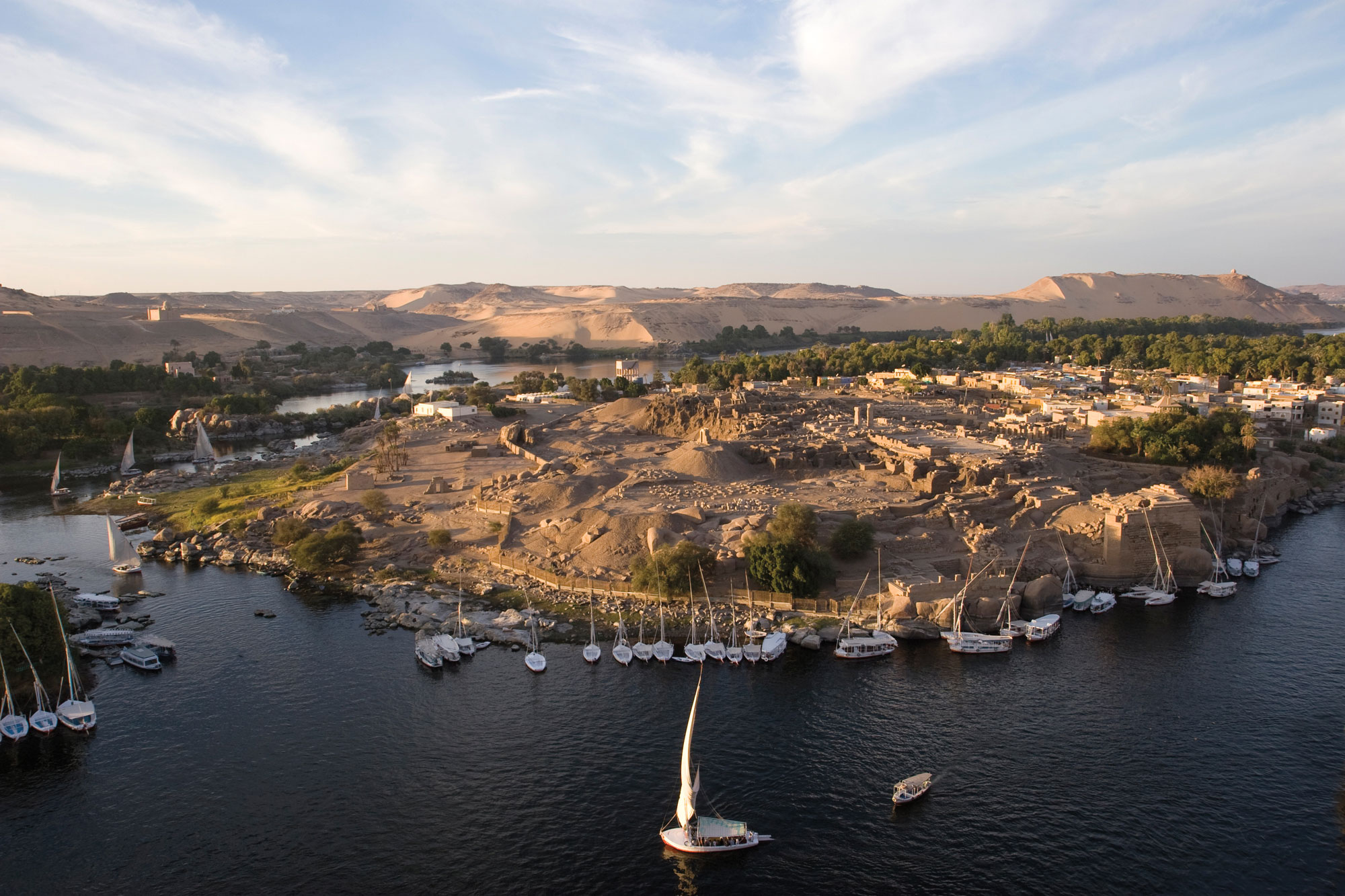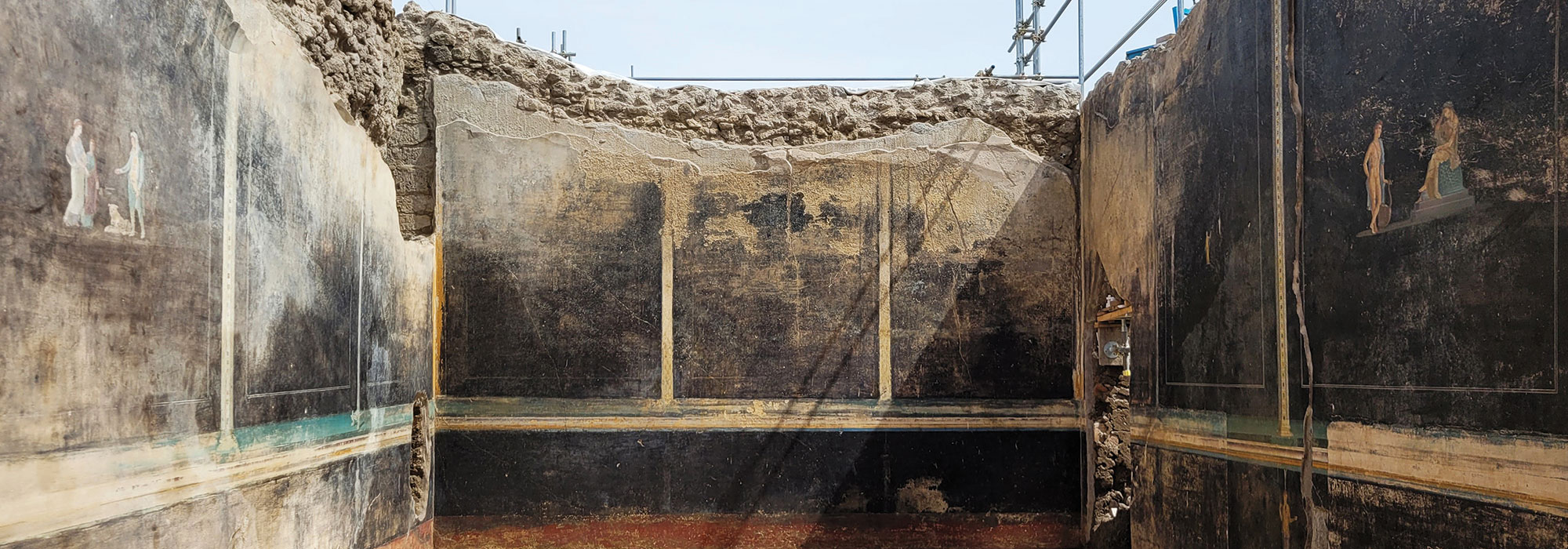CAMPECHE, MEXICO—According to a BBC News report, the ruins of a Maya city have been discovered under jungle canopy in southeastern Mexico, just a 15-minute hike from a major road. The city is thought to have been home to between 30,000 and 50,000 people between A.D. 750 and 850. Luke Auld-Thomas of Tulane University spotted the site while reviewing publicly available lidar survey images captured with drone-mounted remote sensing equipment. The site covers an area of more than six square miles, and has two major centers with large buildings set about one mile apart from each other. Houses and causeways link these two areas. Two plazas with temple pyramids, a ball court, and a reservoir have also been detected in the review of the lidar data. “It’s suggesting that the landscape was just completely full of people at the onset of drought conditions and it didn’t have a lot of flexibility left,” Auld-Thomas said. “And so maybe the entire system basically unraveled as people moved farther away,” he added. The city has been named Valeriana after a nearby lagoon. “I’ve got to go to Valeriana at some point,” Auld-Thomas concluded. Read the original scholarly article about this research in Antiquity. To read about a lidar survey that led to the discovery of a Maya complex at the site of Tikal in Guatemala, go to "New Neighbors."
